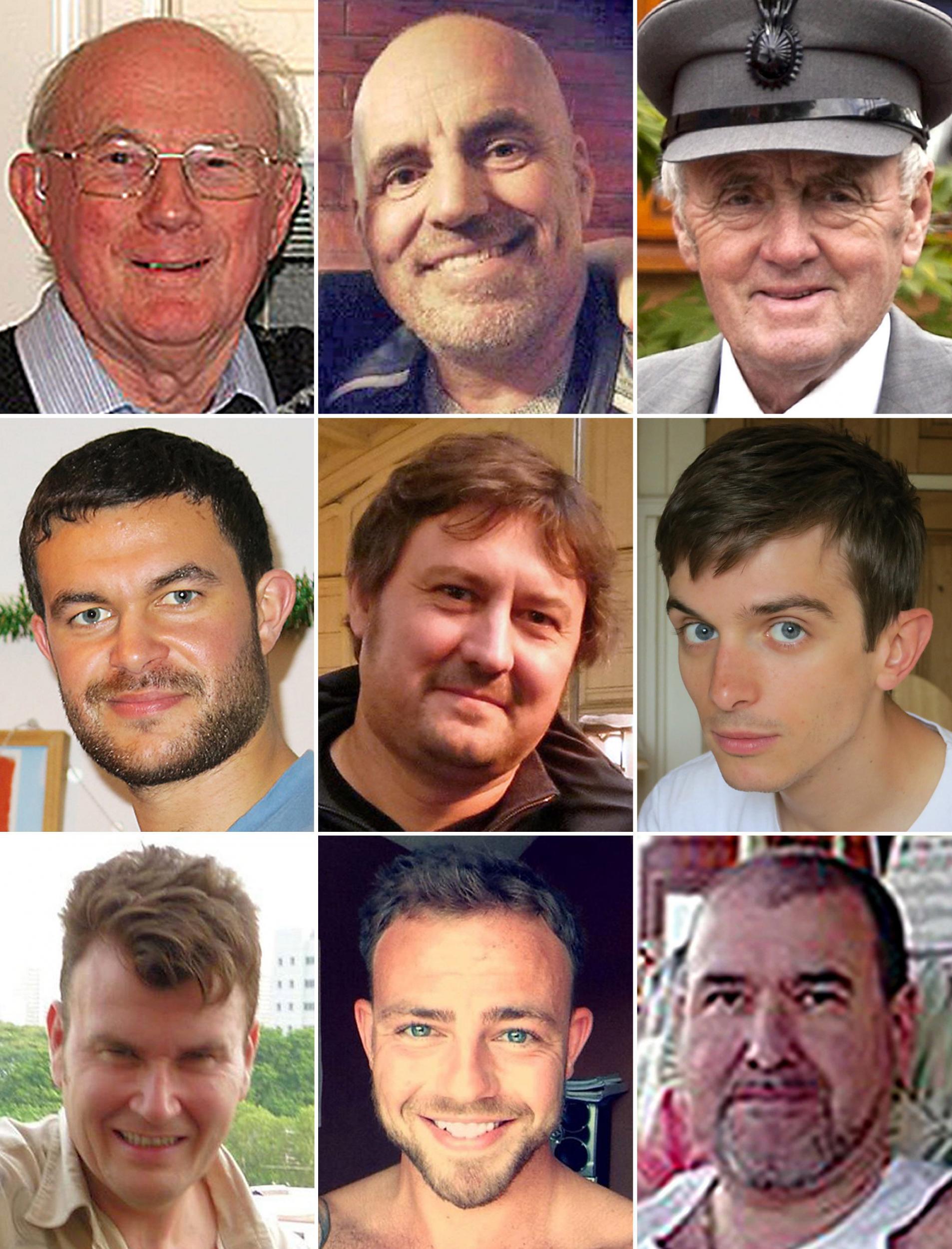Shoreham air disaster: Vintage fighter jet 'flying better than ever' before it crashed, court hears
There was nothing wrong with the plane's system for protecting the pilot from the effects of G-forces, Old Bailey told
A vintage Hawker Hunter jet was in such good condition it was “flying better than it had ever flown” before it crashed in a fireball on a dual carriageway during the 2015 Shoreham Air Show, a court heard.
The Old Bailey was told that there was no problem with the plane’s anti-G system before pilot Andrew Hill took the controls for a flight that ended in a crash that killed 11 people.
The court also heard details of how the 11 victims died when the plane crashed and the fireball engulfed them.
For all 11 men death came “instantaneously”, from “blunt force trauma”, “body fragmentation” or "burns and smoke inhalation".
Hill, 54, of Sandon, Buntingford, Hertfordshire, survived the crash and is now on trial accused of 11 counts of manslaughter by gross negligence.
He denies the charges, and his defence claims that during the fatal aerobatic display, Hill had not been in full control of his actions, possibly because the G-forces experienced while manoeuvring the fast jet had caused him cognitive impairment.
But on Wednesday Fran Renouf, the deputy chief engineer of Weald Aviation, the company that maintained the 1950s-era ex-military jet, told the court that prior to its last disastrous flight, “the Hawker Hunter was in very good shape.
“It had had a lot of maintenance carried out. It was reported that it was flying better than it had ever flown. There were really no problems with the aircraft at all.
“The reports back from the aircrew were that it was a very good aircraft to fly.”
Mr Renouf added that there were no problems with the system designed to protect the pilot from the G-forces experienced while performing aerobatic manoeuvres.
He told the Old Bailey that a fault had been detected about two years before the August 2015 disaster, but had been repaired by switching a part from the passenger’s seat to replace a faulty valve in the pilot’s place.
A replacement valve was then found for the passenger’s seat, Mr Renouf explained.

Asked whether, when it came to August 2015, there had been any remaining problems with the anti-G system, Mr Renouf said: “No, not at all.”
The prosecution alleges that the real reason for the crash was that Hill made a conscious decision to commit to a loop when he was far too low, and that this was a “cardinal sin” for any pilot.
Prosecutors also say there had been previous occasions when Hill had “played fast and loose” with safety rules, including when his display had to be stopped at the 2014 Southport air show because he had flown dangerously close to the crowd.
On Wednesday, however, the court was read a statement from Mark Jenkins, a senior engineer with Weald Aviation, who said: “I would describe him [Hill] as an absolute gentleman, very conscientious, polite, respectful, very professional, always does things by the book, very safety conscious and never cuts corners.”
Mr Jenkins added that just before taking off from the jet's base at North Weald Airfield in Essex on 22 August 2015, “Mr Hill appeared his normal self.
“There was nothing I could see that would cause me concern about him or his ability to fly that day.”
The trial continues.

